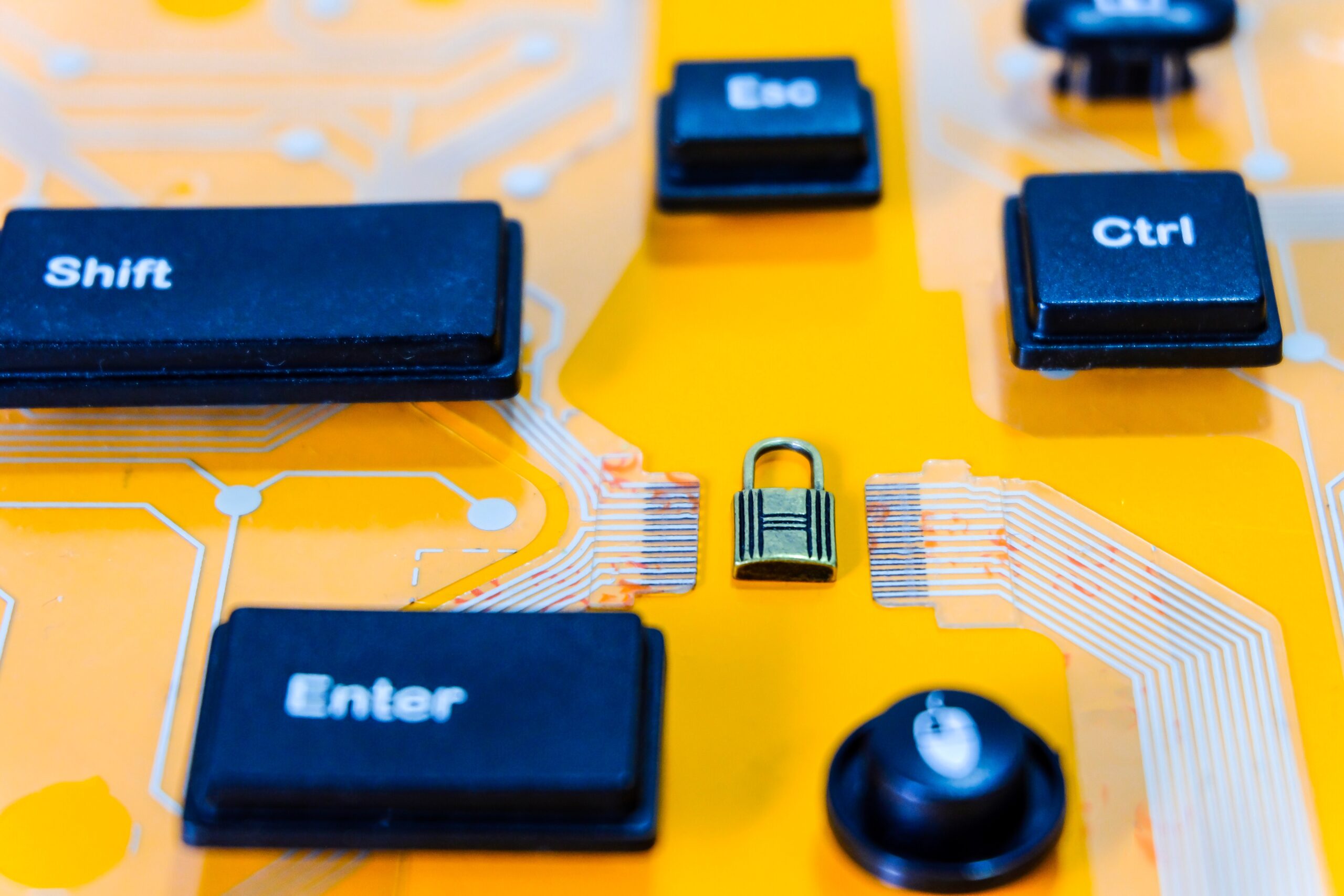An introduction to advanced forensics and personal digital security
This course would consist of two sub-components: in the first one, participants learn in detail about how to find information online and in open sources, such as public databases. The second part, on the other hand, would teach participants on how to secure their own communications and reduce their susceptibility to the data leaks discussed earlier on.
Upcoming course dates will be available soon. Please check back for updates.
Location: Online formula (a self-study component followed by online live sessions)
Language: English
Number of hours for the ETGN Certificate: 18
Training developed by: Lukas Andriukaitis
This course will consist of two sub-components:
An introduction to advanced forensics
In the first one, participants will learn in detail about how to find information online and in open sources, such as public databases.
The second part, on the other hand, would teach participants how to secure their own communications and
reduce their susceptibility to the data leaks discussed earlier on.
While looking into open-source verification participants will learn how best to make use of digital and satellite maps. It will include practical exercises based on case studies in which maps were used (incl. poss. to track troop movements or analyze smuggling routes, or even look at the homes of persons suspected of corruption).
Following this, learners will look at all the different techniques, including extracting data from image files themselves and analyzing objects found in the backgrounds of images, that could be used to geolocate photos. The course will also include an additional section on how to detect whether an image has been heavily edited or manipulated.
Personal digital security
The third sub-section of this course will develop the participants’ research skills in finding the information they are really looking for through scouring social media posts, analyzing archived webpages, and other parts of the web that can be more difficult to access. This module will rely heavily on practical case studies and exercises.
The final part of the course will begin by looking at the trade-offs between privacy and publicity that many faces, and provide practical, step-by-step guides on maintaining privacy in an online era. It will also include case studies of policymakers and others who fell prey to data leaks.
There will also be an introduction of participants to the idea of threat assessment and they will be presented with a variety of tools and techniques – including digital hygiene, secure browsing, password practices, and secure communication – that they could swiftly and easily implement in their personal and professional lives.
Course learning outcomes:
- knowledge of and ability to use respective tools enabling the identification of a place where an image or a video was taken using geolocation, open source tools, and manual methods;
- skills to check the reliability and origin of online information sources (e.g. text, photo, video, social media account);
- knowledge on how to track movement in the air and on the ground, including insight into main databases and approaches to transport tracking;
- skills to check the validity of visual information sources, enabling to find specific images online, online profiles of individuals, and locations;
- acquaintance with methods of effective information-digging from social media websites, usage of background photo information in geolocation tasks, data verification by cross-referencing and other skills useful in OSINT gathering;
- familiarisation with practical approaches to learning OSINT, trying most of the research methods in practical table games throughout the course curriculum;
- skills and knowledge to operate the digital space more securely and effectively;
- insight into the methods and techniques on how information about individuals is collected online to understand better how it is done and how not to fall for it;
- familiarisation with the concept of digital crumbs in the digital engagement space, the traces we leave online, and how the digital environment can be used for information purposes / and forensic work;
- knowledge on how to stay safe while sharing information on social media, balance an active online life and maintain personal security.
